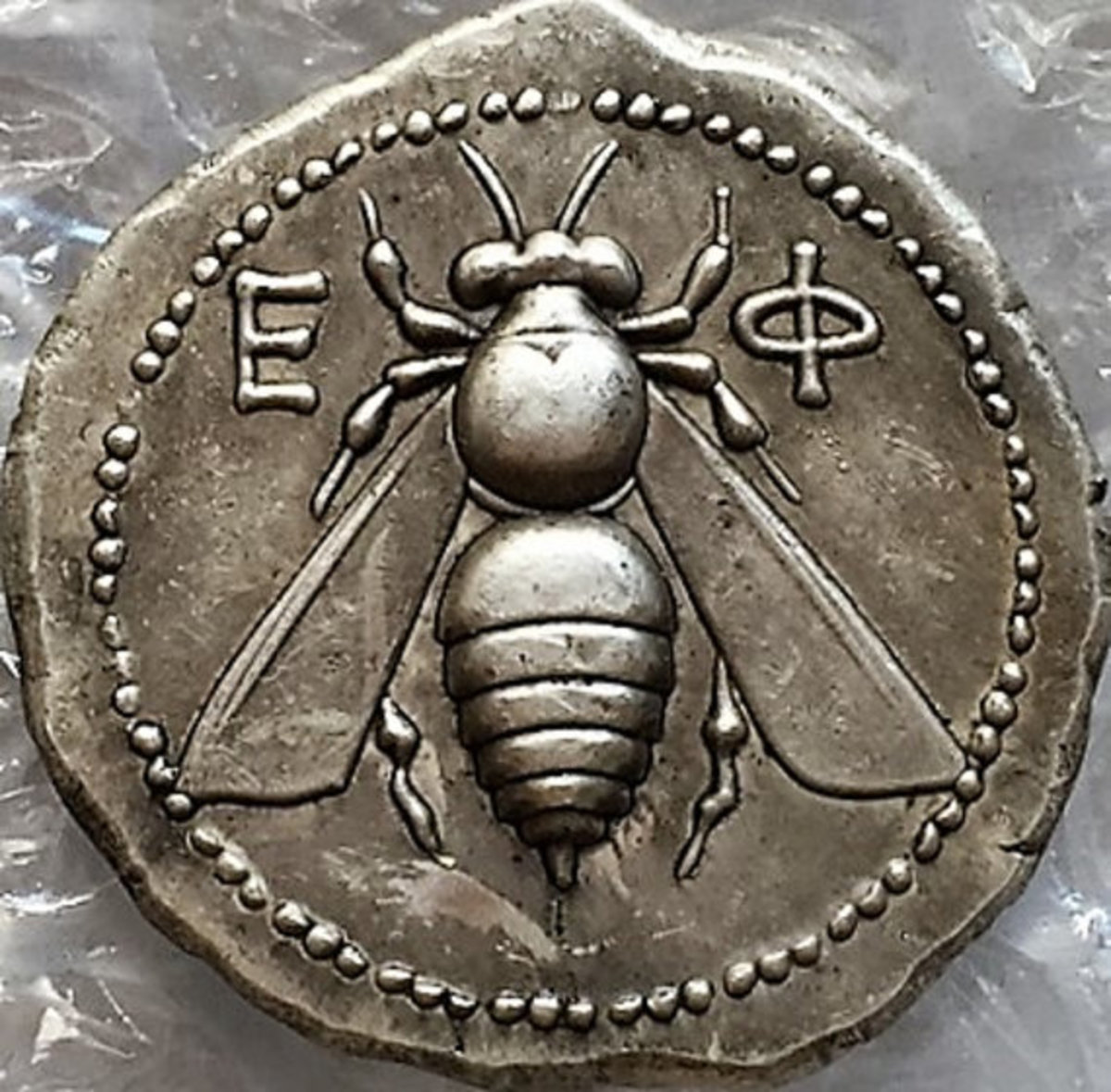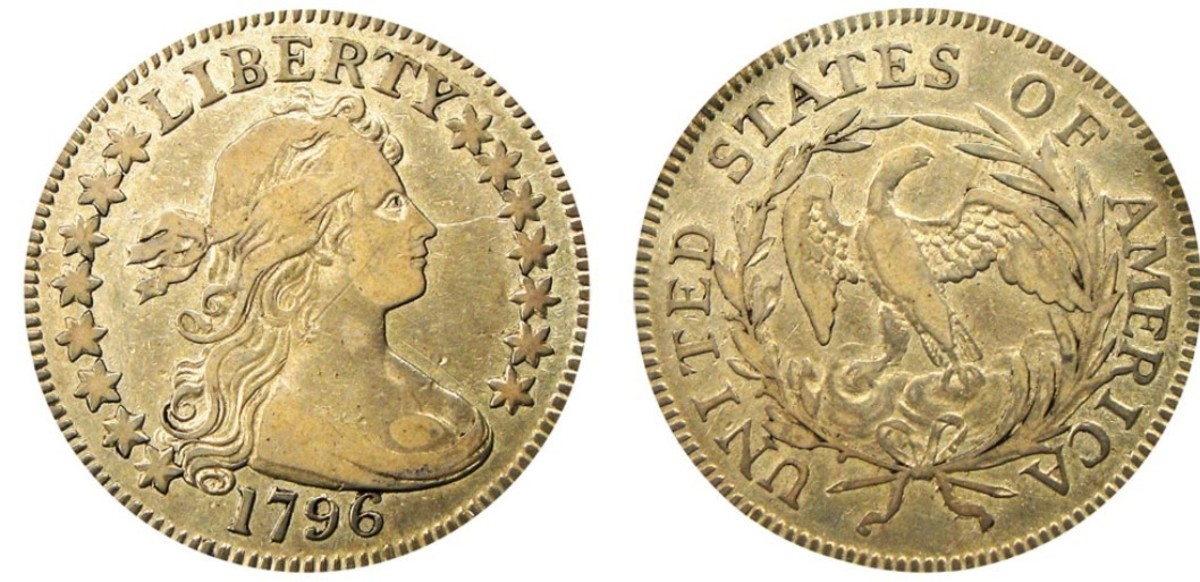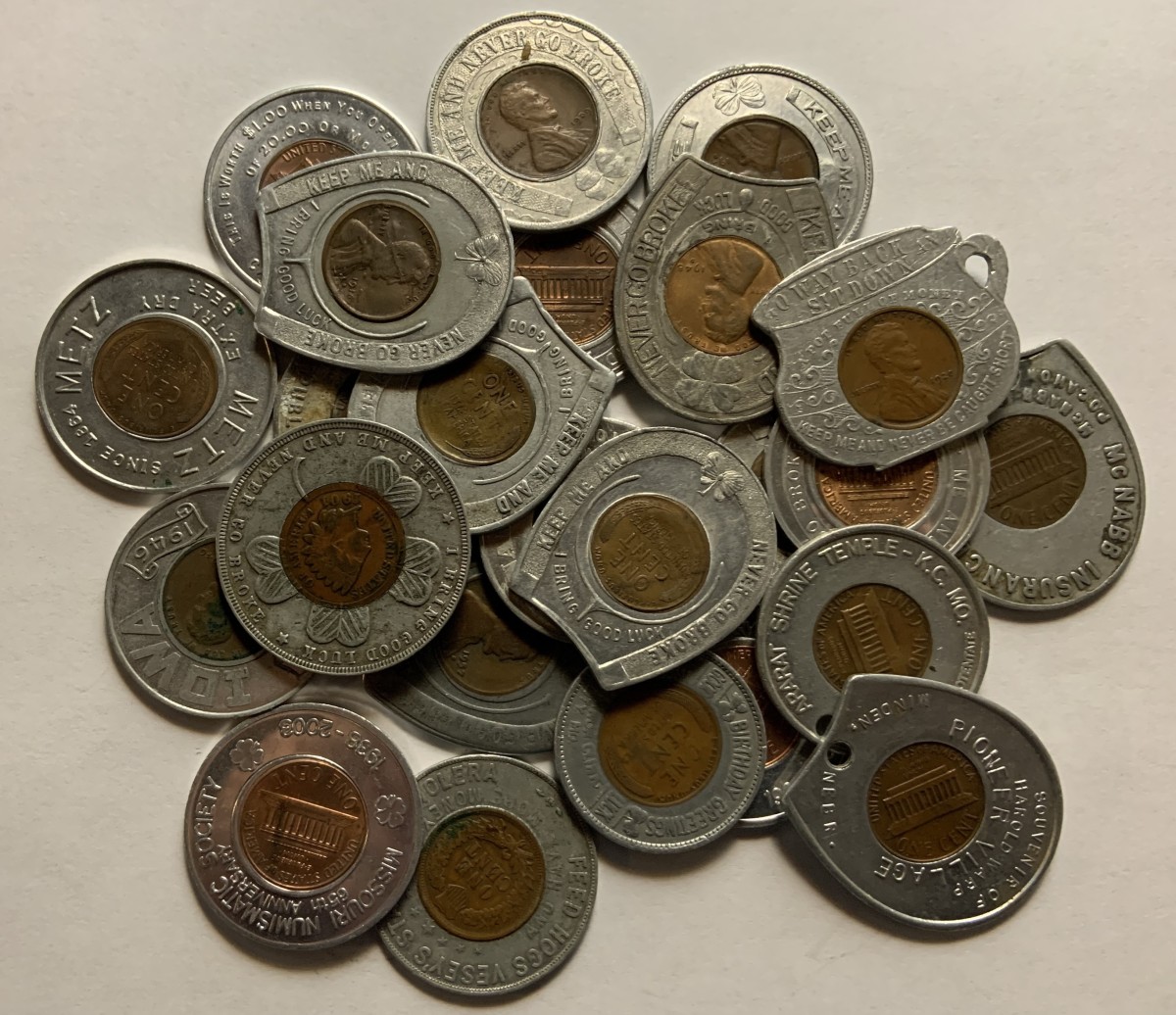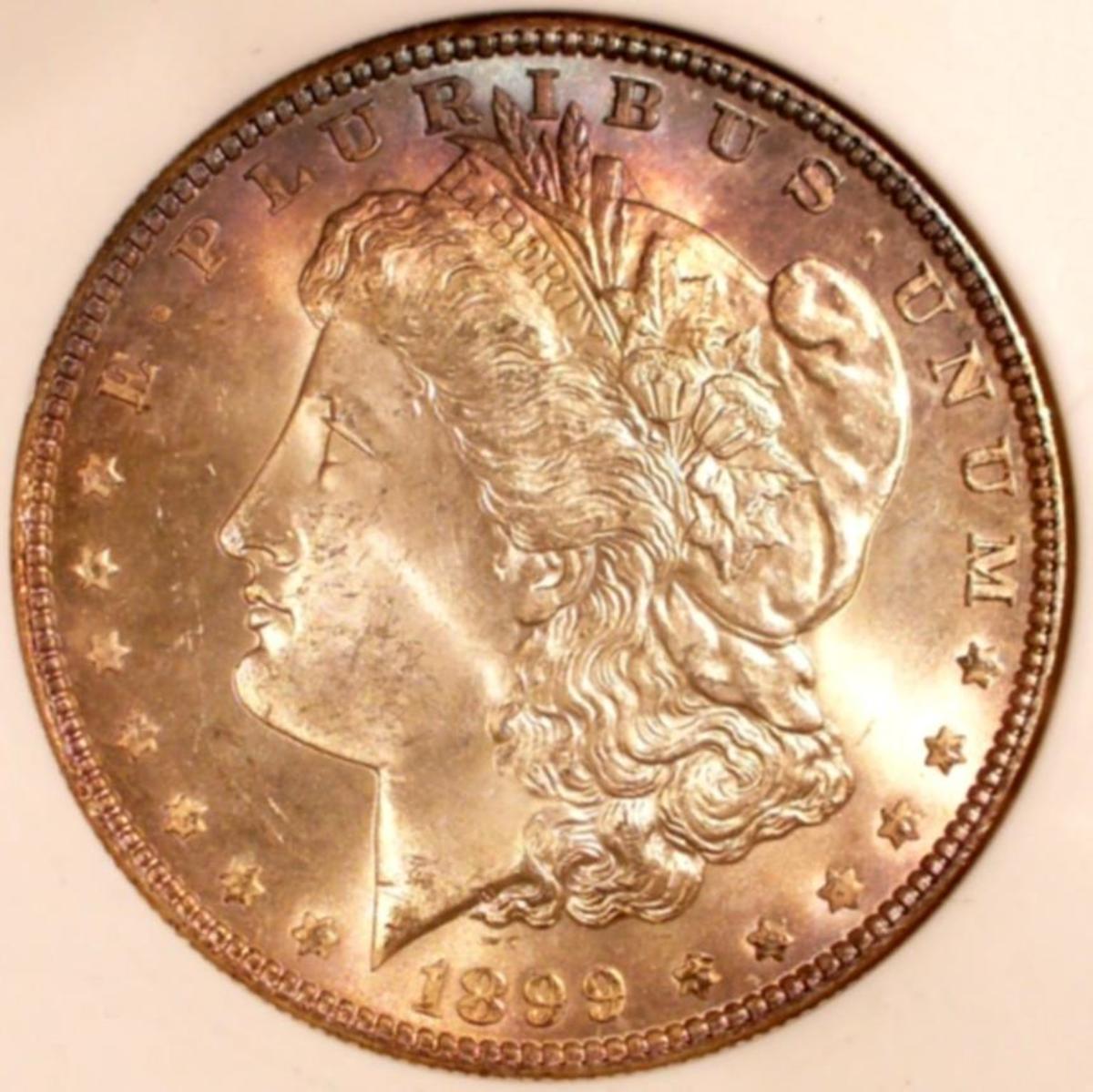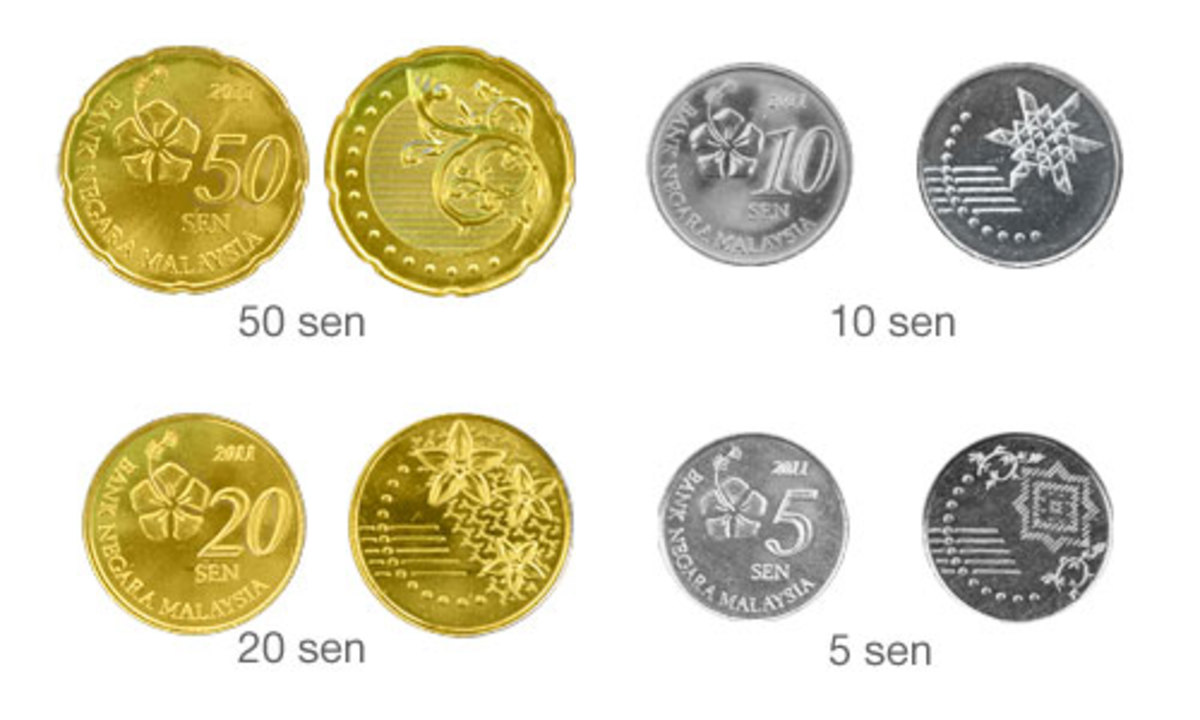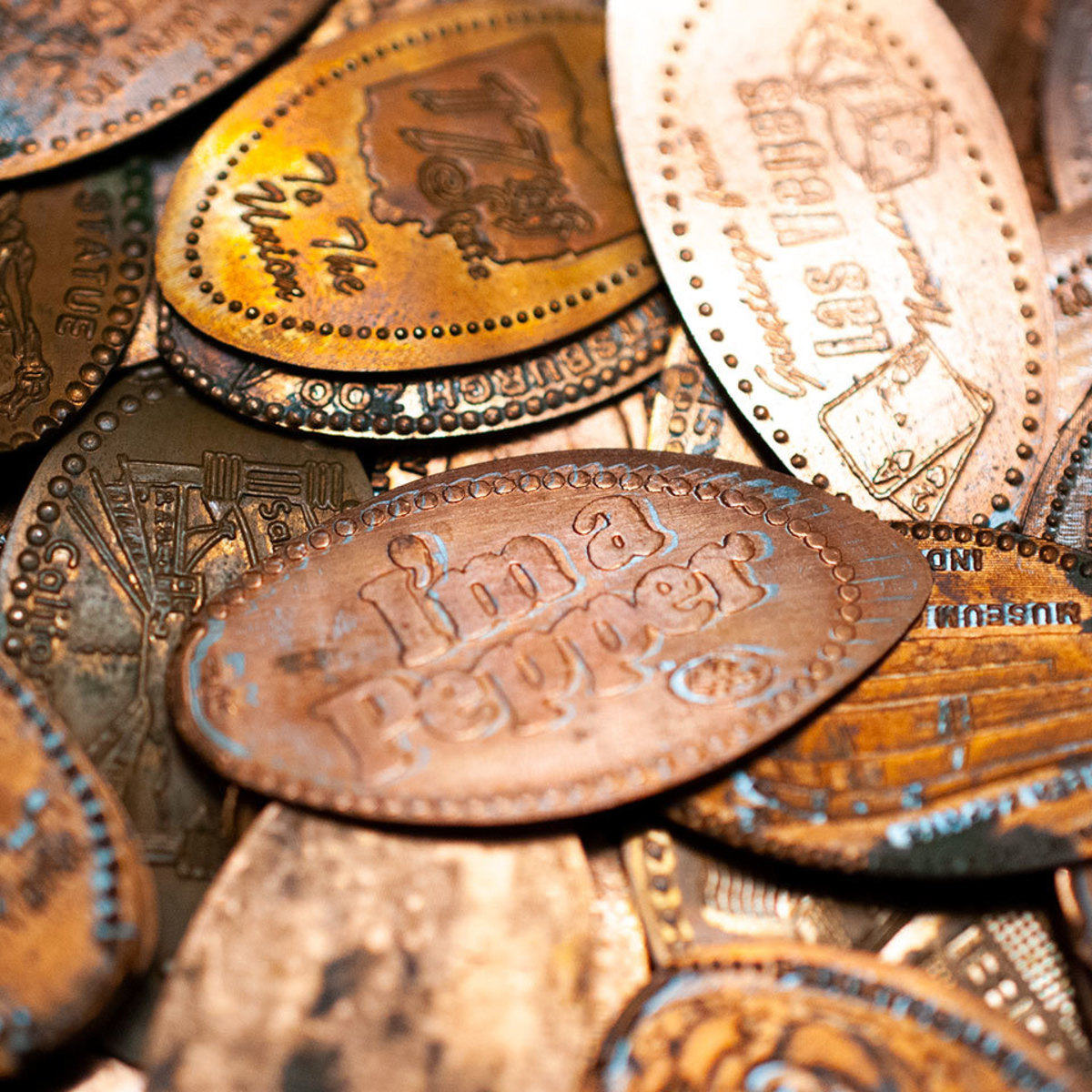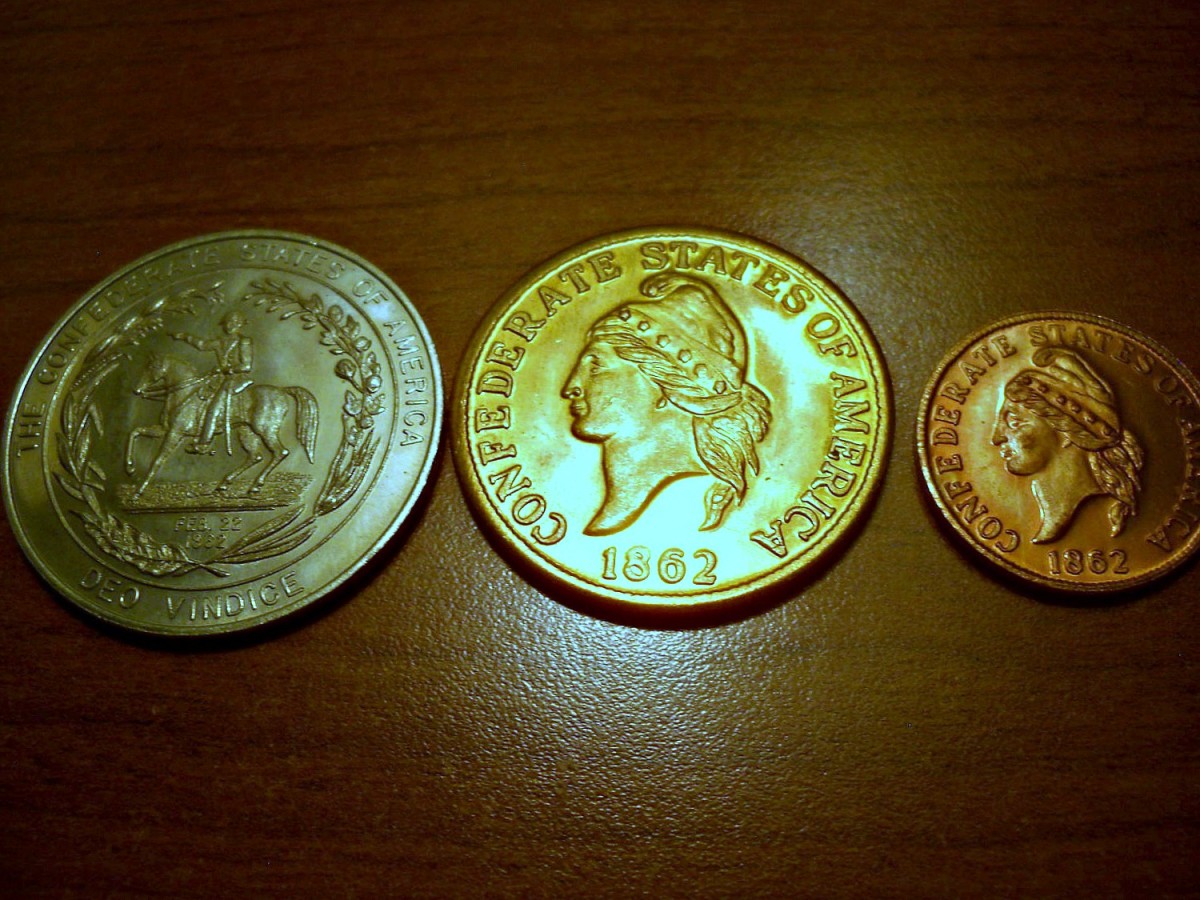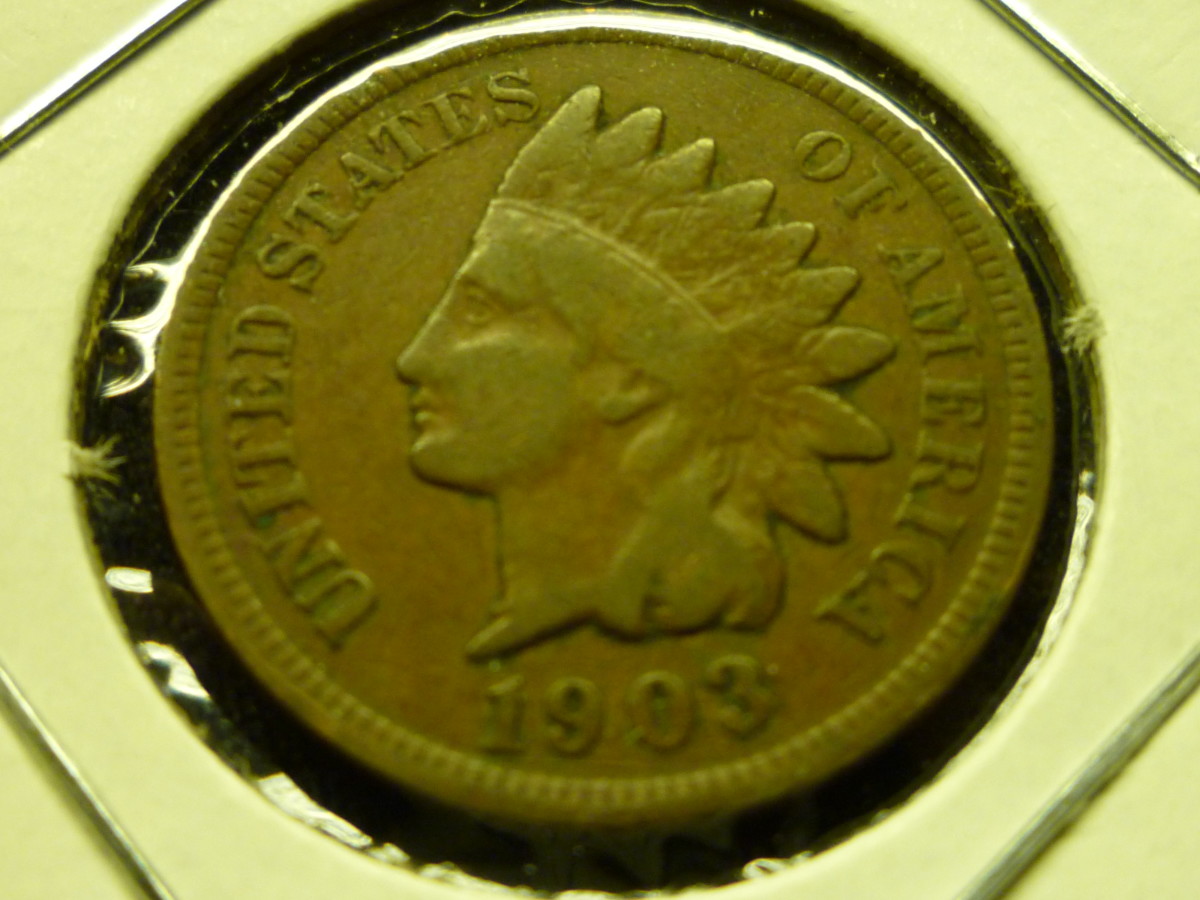The Basics of Coin Collecting
Coin collecting is the collecting or trading of coins or legally minted currency. Coin collectors collect coins those that were in circulation for only a brief time, coins minted with errors, or especially beautiful or historically interesting pieces. Some focus on coins of a certain nation or historic period, collect coins from various nations, or settle on error coins. Still others might focus on Exonumia - currency, tokens or challenge coins. Elongated or squished souvenir pennies, medallions, tokens, and commemorative coins fall into this category.
Many beginners of coin collecting assume that the older coins is more worthy. In truth, the age of the coin has no direct affect on its value. It is its relative rarity and level of demand that determines its value.
Coin collectors can be of many different types depending on what the focus of their collection hobby is.
Completists – Completists are the collectors who want to complete a set. For example, a person who wants all the coins minted in 1965 in France.
Year collectors – These coin collectors look for coins of a particular year.
Country collectors – Some people focus on collecting coins of a particular country.
Mintmark collectors - Some collectors consider that different mint marks give sufficient differentiation to justify separate representation in their collection. Some mintmarks are more rare than others.
Theme collectors – This is a rare type of coin collectors. They will collect coins centered on a particular theme. One example could be collecting coins featuring comic book characters on them.
Subject collectors - Collectors with an interest in a subject (e.g. ships or dogs or leaders) may collect only coins depicting that interest.
Precious coin collectors – These are the most elite type of coin collectors. Ordinary coins do not interest them. They collect coins for some value, probably due to a fault in them or some historical significance associated with them.
When you are deciding which coins to buy always consider their relative rarity and opt for the least common dates and mintmarks you can in your budget. Naturally, the condition of a particular coin has a tremendous impact upon its value. Unless you are collecting coins primarily for their metal content always go for the highest grades you can afford.
There are many different types you can collect, but the most profitable are gold and silver coins. As old coins age, so does their value when appraised become higher.
Error and die coins are the result of some kind of flaw or abnormality that occurs during the minting of the coin. Every series of coins that have ever been minted have had their flaws that have made some of them highly collectable. The value of error and die coins depends upon several factors. The scarcity of the error can make the coin very valuable, but it also depends on the date, denomination, the type of error that occurred and how significant it is. While some error coins are almost worthless, others can be worth thousands of dollars.
Toning is the term for tarnishing or discoloration. Some kinds of toning will actually increase a coin's value. A blue tone on silver coins is considered desirable, and an even tone on copper coins is acceptable as long as it isn't so dark that you can't make out the details. As long as the toning isn't uneven, so dark that it obscures the design, or just plain ugly, then it's not a reason to reject a coin.
In coin collecting, the condition of a coin is paramount to its value; a high-quality coin is often worth many times more than a poor coin. Collectors have created systems to describe the overall condition of coins.
The lowest grade for a coin is basal State, or its letter equivalent PO, followed by Fair (Fr), About or Almost Good (AG), Good (G), Very Good (VG), Fine (F), Very Fine (VF), Extra Fine (EF or XF), Almost or About Uncirculated (AU), Uncirculated (Unc), and the highest grade Brilliant or Beautiful Uncirculated (BU). Thankfully there are now quality coin grading services, such as PCGS, who for a small fee, will accept your coin, thoroughly examine it, assign it a grade, and return it for you.
It should be noted that different types of coins have different sets of criteria that are used to judge their condition. As a general rule the rarer a coin is, the less stringent the grading criteria is.
You can buy hard plastic protective cases and plastic sheets from any hobby store that deals with coins for protecting your coins.

